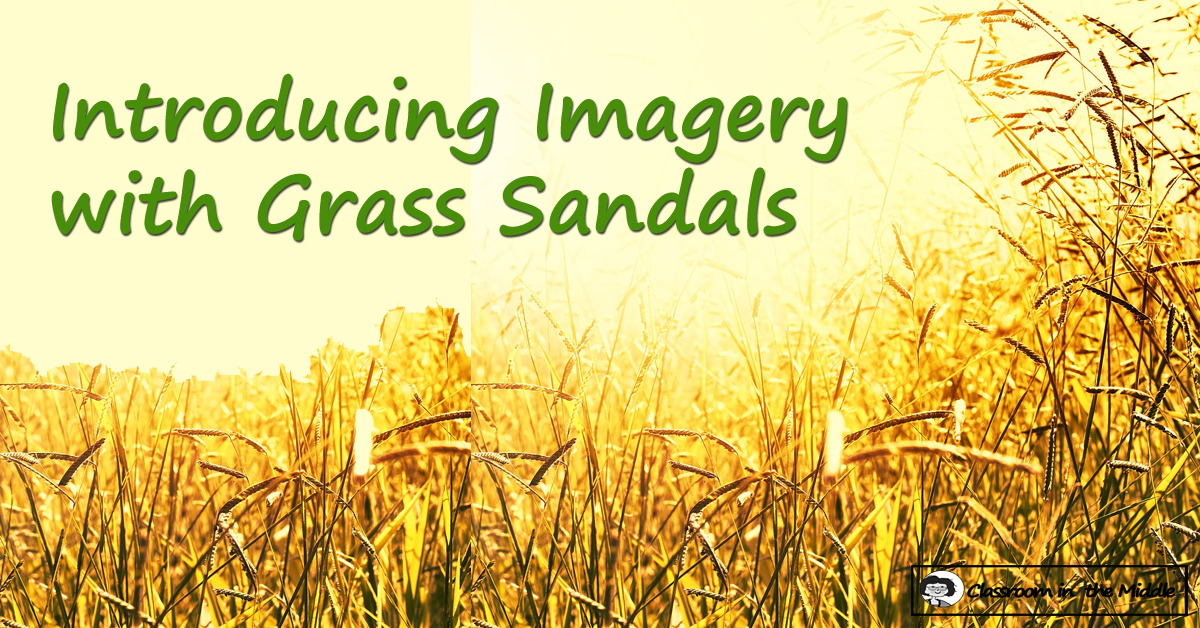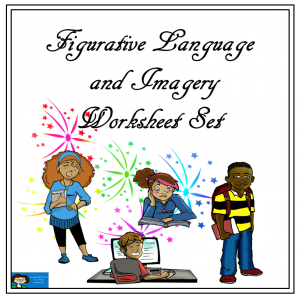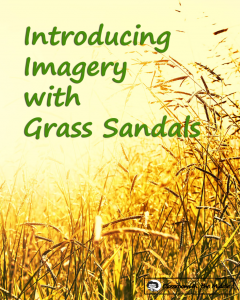The picture book Grass Sandals, by Dawnine Spivak, would make a perfect introduction to a language arts unit focusing on imagery of the five sense, poetry, or descriptive writing in general. Grass Sandals tells the story of the poet Basho’s journey on foot across Japan. Basho was a Japanese poet who lived in the 1600s and has become famous as a writer of haiku.
At the beginning of the picture book, Darwine Spivak explains how to write a haiku. In addition to having seventeen syllables with five in the first line, seven in the second, and five in the third, a haiku should be about nature and include imagery that appeals to two of the senses in each poem. For this purpose, sensory images include the five senses – sight, sound, touch, taste, and smell, plus the sense of movement.
In Grass Sandals, there are lots of good examples of sensory imagery – both in the main text and in the author’s own haiku which each expand on an element of nature from the page. Students can search for examples that appeal to each of the senses and use the haiku as examples for their own writing. Students could be given lines form the story or one of the poems and asked to draw the picture that the words portray before looking at the illustrations in the book.
Using nature as an inspiration in the way that Basho did, students could take a nature walk as a class or for homework to choose a subject or two to write about. Taking a photo of whatever they choose will help students remember the details. (and the photos will look great displayed with the finished poems later) Once they have a subject and have decided which senses their subject most appeals to, they are ready to try their hand at writing. Go for three short lines at first, and then revise to work on the syllable count.
If you want to add a bit of research to the lesson, kids could look for biographical information about Basho or geographical information about the places he traveled to. Or they could search for translations of some of his poems. An interesting wrinkle here is that there are many different translations of his poetry. Since the translation needs to match not only the meaning of the original poem but also the syllable count, I can only imagine what a difficult job translating must have been! An interesting discussion question along these lines would be to compare the way Basho traveled with the way we travel today.
Whether you are doing a big lesson on haiku or Basho or just reading the book as a quick introduction, I think Grass Sandals would be a good choice for an first lesson on descriptive writing with sensory imagery. With the beautiful images from story in their heads, kids will be ready to move on and look for more images in the next book that they read.
Related Resources


















Leave a Reply
You must be logged in to post a comment.